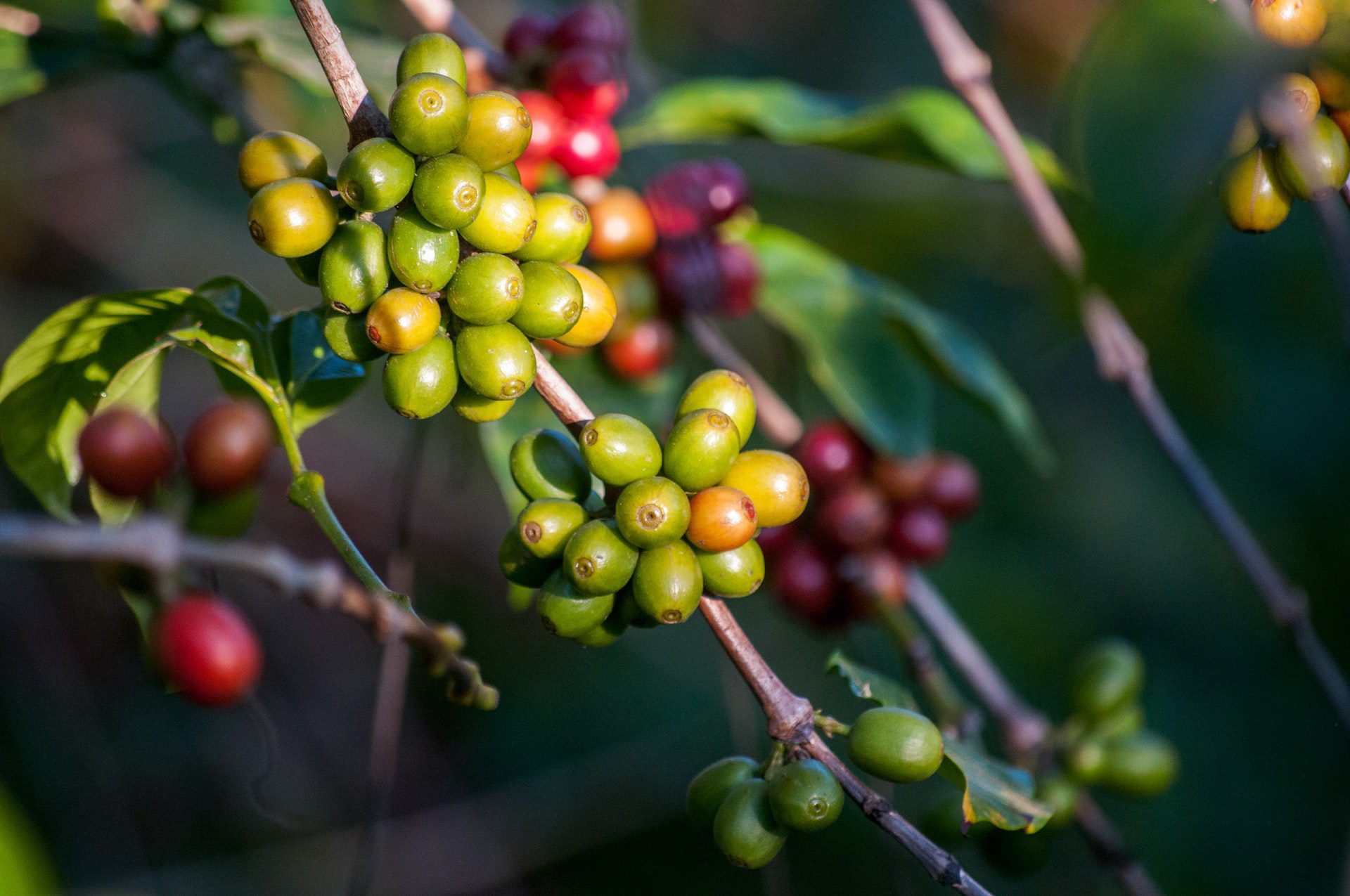Seven Techniques for Oil Paintings That Every Artist Should Be Aware Of

Learn about the techniques for Traditional Paintings!
It could be time to advance your artistic career if you’ve been playing with oil paints for a while. There are several oil painting techniques that can assist you to change your final product, making oil paintings a very versatile approach to creating images.
The Three Principles of oil paintings
First, it’s crucial to follow the three laws of oil paintings when working with oils. “Fat over lean,” “thick over thin,” and “slow-drying over fast-drying” are examples of these.
This implies that when you build up paint, it should become thicker, more flexible, and take longer to dry than the one behind it. By putting more paint on the brush with each succeeding layer, you may prevent the layers from cracking as you work.
Method 1: Chiaroscuro
Chiaroscuro, which provides a great contrast between a painting’s lighter and darker tones, was frequently used by Renaissance artists like Rembrandt and Caravaggio. It significantly contributes to the dramatic impact of a composition by bringing a topic forward and giving the impression of three dimensions. It is a good idea to start with one light focus, like a lamp, then work your way outward while employing this approach.
Method 2: Stumbling
Scumbling is a term for the method of painting on canvas in small layers while using a dry, stiff brush. It’s a terrific way for novices to add additional texture to their work. As a result, some of the underpainting is still visible, giving the image a less-than-smooth finish. Turner loved Scumbling a lot.
Technique 3 – Alla Prima
For those artists in a hurry, Alla Prima can be a welcome technique. Painting in layers without letting the base layer fully dry, is also known as ‘wet-on-wet’ and was favored by experienced artists such as Van Gogh and Monet, allowing them to complete masterpieces within a single sitting.
Method 4: Glazing
Glazing, the application of transparent layers over an opaque base layer on the canvas, is a fantastic technique for beginners to master. As more color is added, it takes on a glossier finish and develops an outstanding multifaceted appearance. In order to add gloss, glazing may occasionally be applied over a light coat of paint. Vermeer frequently adopted this strategy in his works.
Method No. 5: Underpainting
The thought of putting color onto a canvas that is entirely white may not appeal to beginners in oil paintings. By “sketching” the subject in one extremely thin layer of paint and blocking out any background so that you’ll know where to place it later in the creative process, underpainting takes away that dread. Giotto and Jan Van Eyck both use it as a tool.
6th Technique: Impasto
Impasto painting, an oil paintings technique that could take a bit more experience, was a significant aspect of many of Van Gogh’s works. Each paintbrush stroke is visible in the finished piece and required intentional thick paint strokes. When utilizing this technique, artists frequently blend colors right on the canvas. Impasto painting can be used to draw attention to specific regions of the piece by focusing on them rather than the entire canvas. Even your palette knife works well for broader strokes in place of a brush.
Method 7: Grisaille
Although this style of oil paintings is less common today, it was frequently utilized to depict sculptures during the Renaissance. The term alludes to the art of monochromatic painting, which uses the colors black, white, and grey to depict light, dark, and shading. efore going on too strong, unpredictable colors, beginners may want to practice with this more seasoned expertise.
oil paintings is a fun approach to doing art since it offers a variety of techniques that keep it interesting. Painting a masterpiece in scrambling one day and impasto the next may be your preference. Try out these various oil paintings techniques, and don’t forget to post images of your results on social media.




